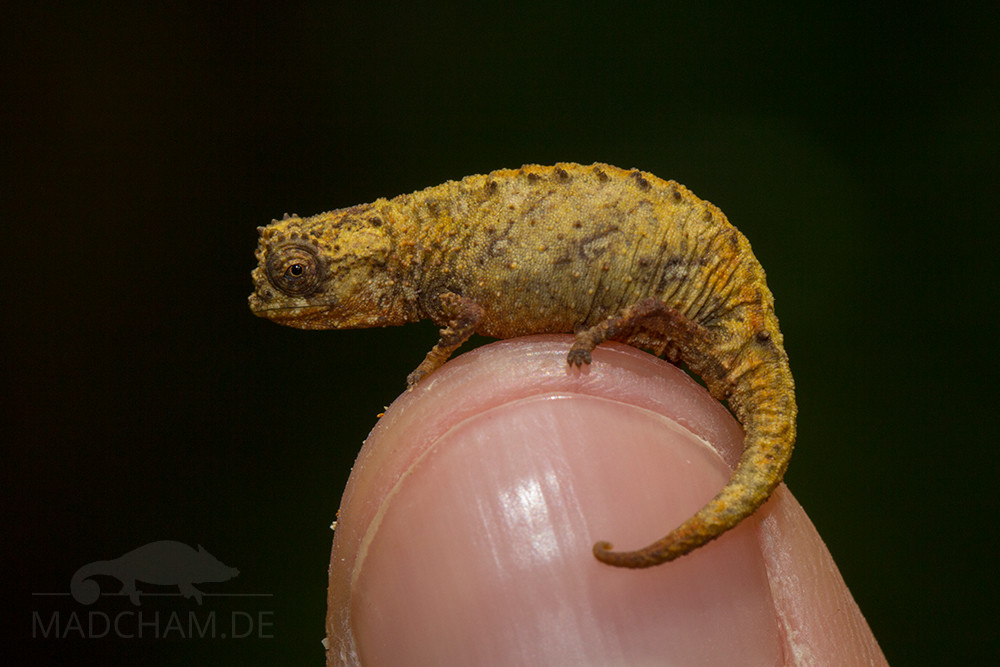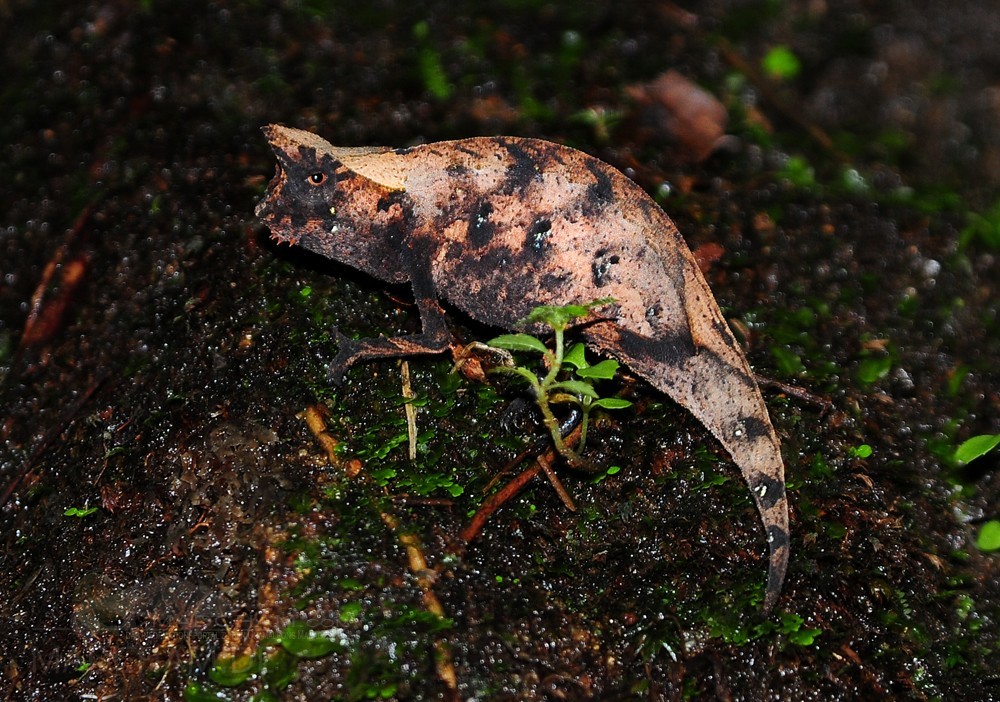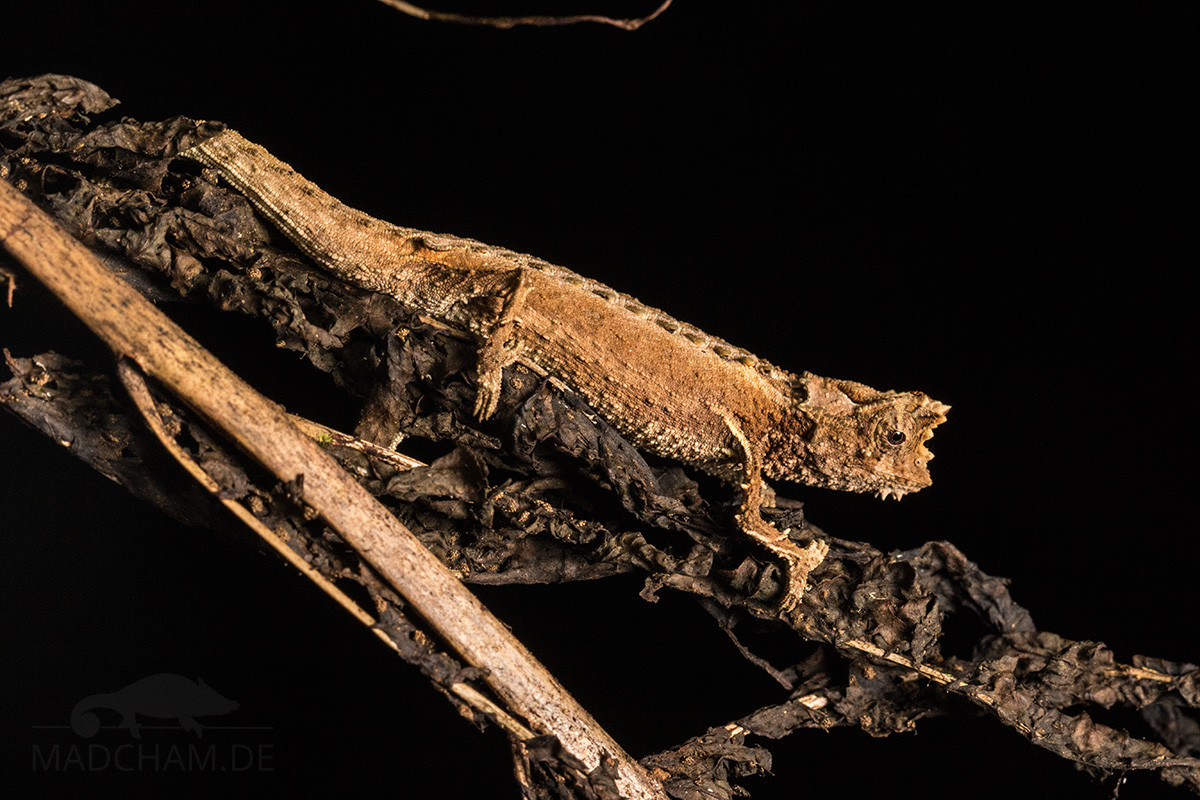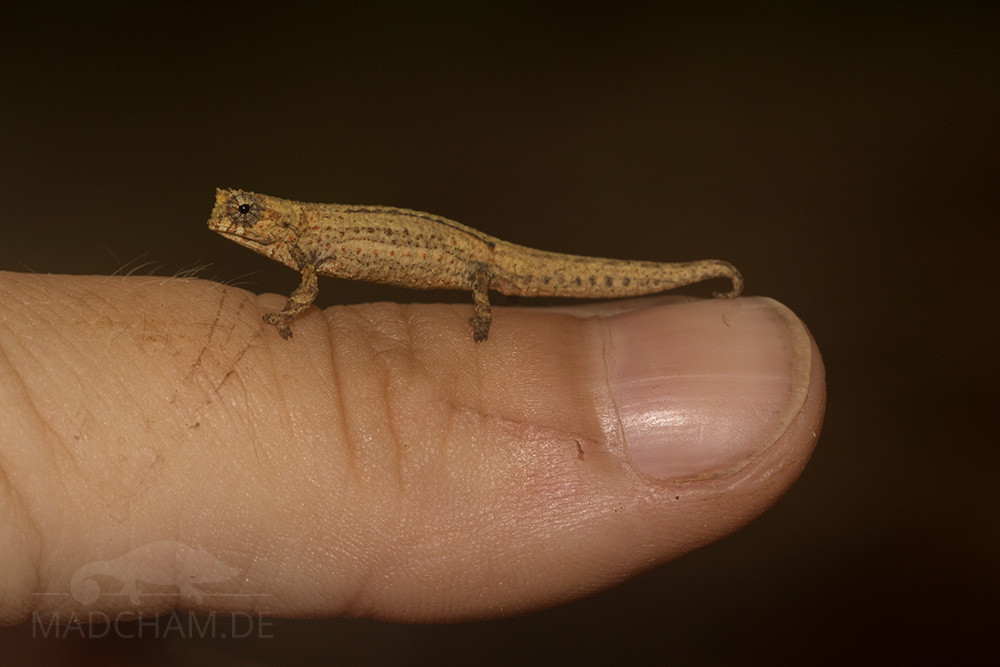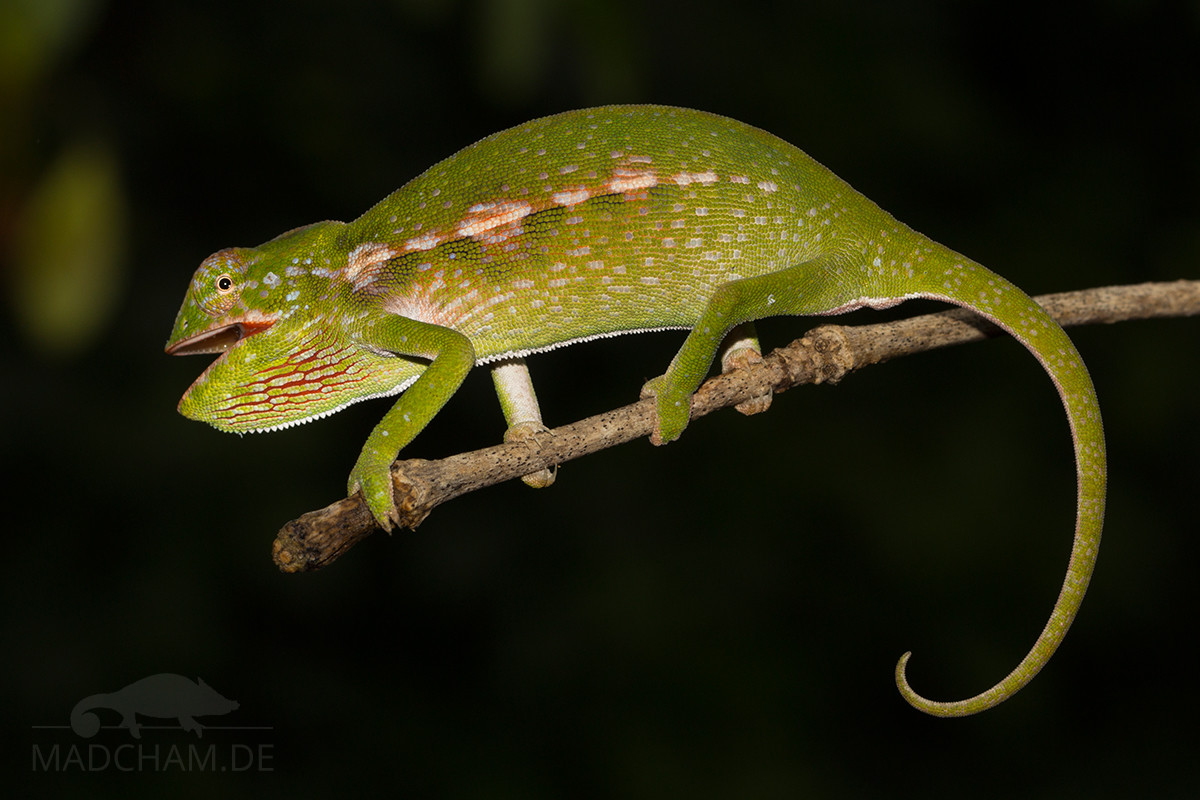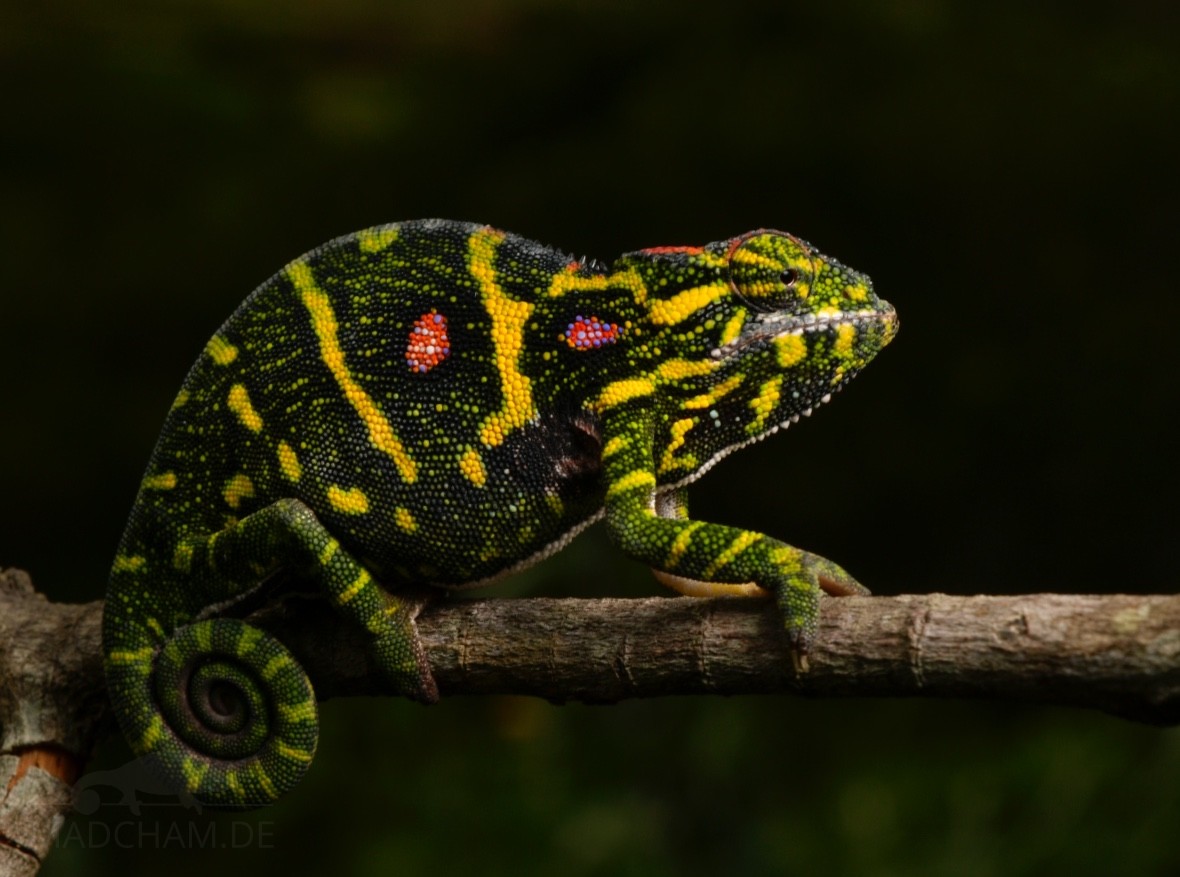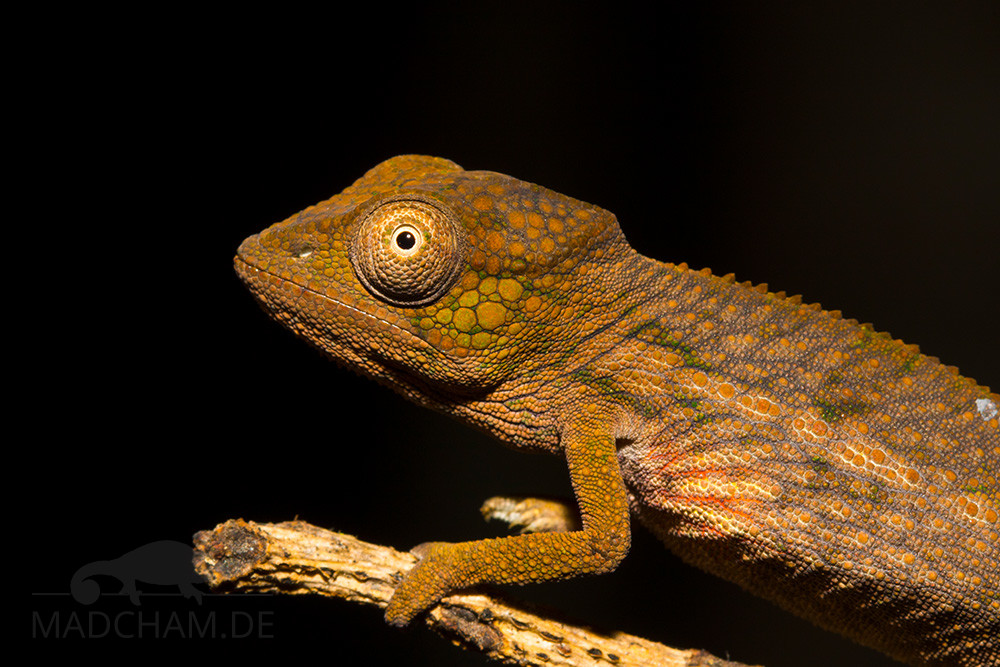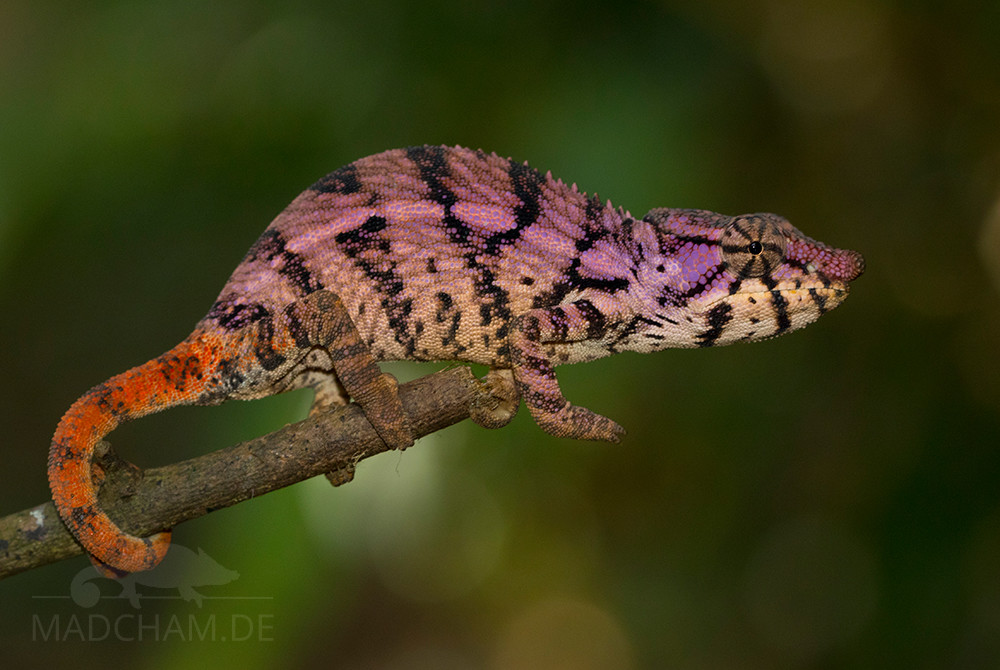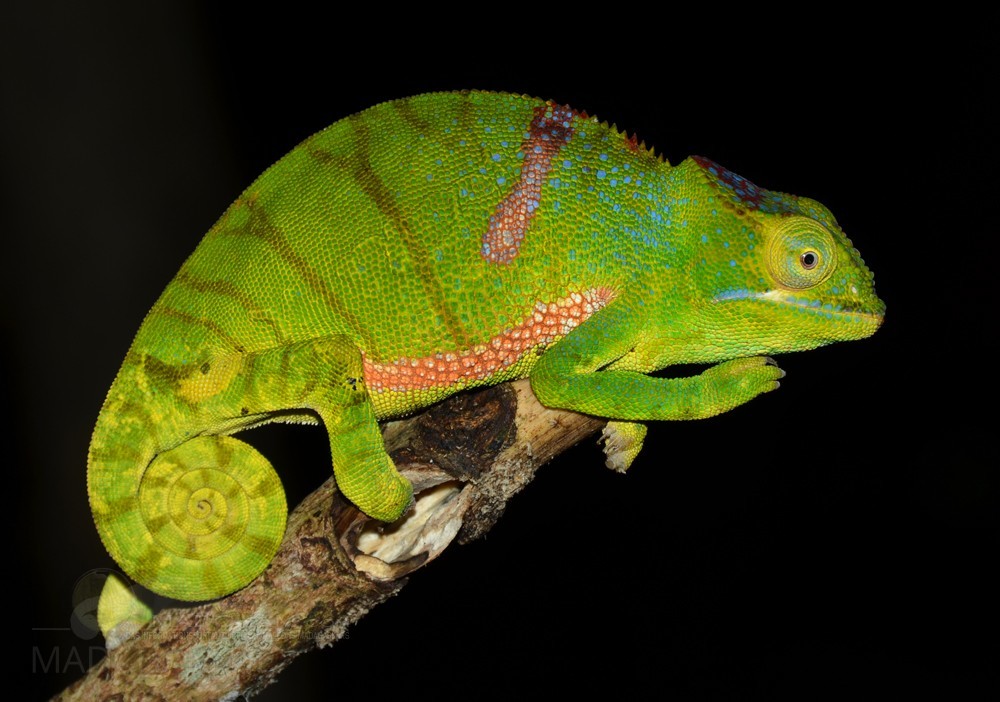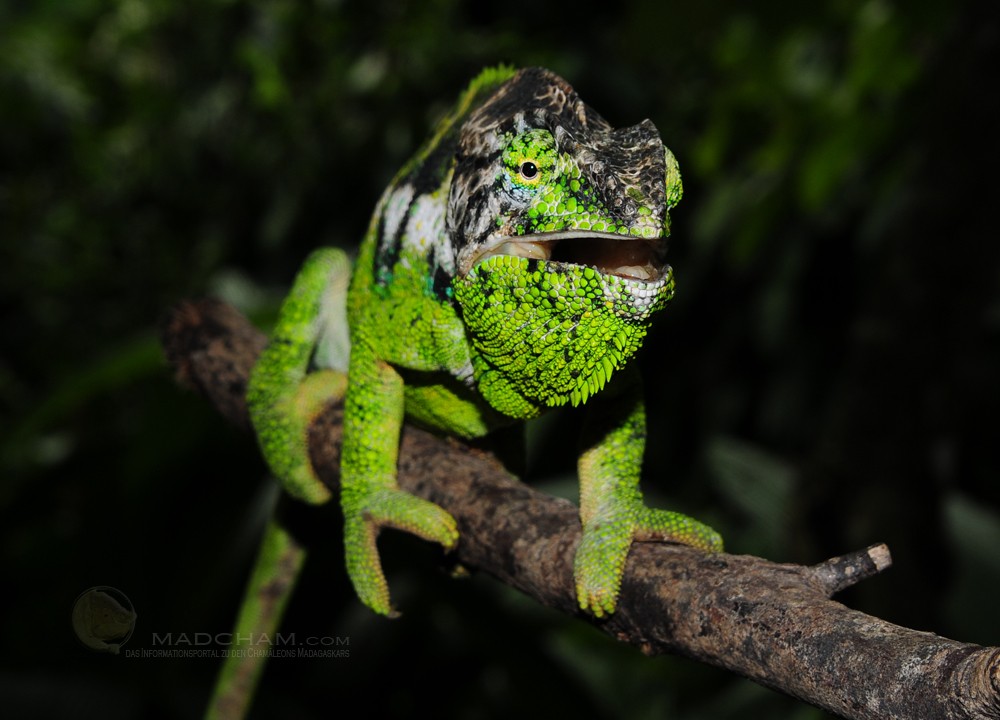Brookesia tedi
First description: Scherz, Köhler, Rakotoarison, Glaw and Vences, 2019 Origin of the species name: Mark D. Scherz and Frank Glaw from the State Zoological Collection Munich (Germany), Jörn Köhler from the Hessisches Landesmuseum Darmstadt...
Brookesia therezieni
First description: Brygoo & Domergue, 1970 Origin of the species name: Édouard-Raoul Brygoo (later working at the Natural History Museum in Paris, France) and Charles Antoine Domergue of the then Institut Pasteur in...
Brookesia thieli
First description: Brygoo & Domergue, 1969 Origin of the species’ name: Édouard-Raoul Brygoo (later working at the Natural History Museum in Paris, France) and Charles Antoine Domergue of the then Institut Pasteur in Antananarivo,...
Brookesia tuberculata
First description: Mocquard, 1894 Origin of the species name: The zoologist François Mocquard of the Natural History Museum in Paris (France) borrowed the species name from the Latin tubercula, which means “many bumps”. In...
Furcifer major
First description: (Brygoo, 1971) Origin of the species name: The French zoologist Édouard-Raoul Brygoo described the species at the Institute Pasteur in Antananarivo, Madagascar. He considered it to be a subspecies of the carpet...
Furcifer minor
First descriptions: (Günther, 1879) Origin of the species name: The German zoologist Albert Carl Ludwig Gotthilf Günther, then director of the Zoological Department of the Natural History Museum of London (Great Britain), received a...
Furcifer nicosiai
First description: Jesu, Mattioli & Schimmenti, 1999 Origin of the species name: The three Italian biologists Riccardo Jesu, Fabio Mattioli, and Giovanni Schimmenti from the Aquarium Genoa (Italy) dedicated the species to Guido Nicosia,...
Furcifer rhinoceratus
First description: (Gray, 1845) Origin of the species name: The English zoologist John Edward Gray described the species very briefly and named it after the Latin rhinoceros. By this, he meant the different pronounced...
Furcifer timoni
First description: Glaw, Köhler & Vences 2009 Origin of the species name: The German herpetologist Frank Glaw dedicated this species to his son Timon. Frank Glaw works in the State Zoological Collection in Munich...
Furcifer verrucosus
First description: (Cuvier, 1829) Origin of the species name: The French zoologist and palaeontologist Georges Léopold Chrétien Frédéric Dagobert Baron Cuvier founded the largest anatomical collection in Europe at the University of Paris (France)....

